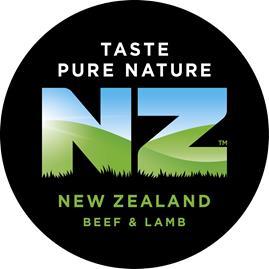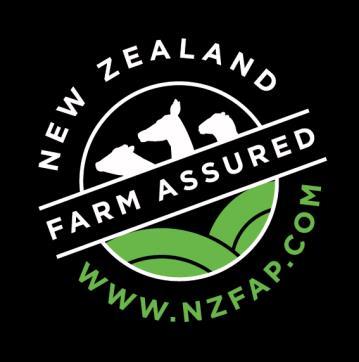3. Security and Food Safety 3.1 Farm Biosecurity It is important for farm management and staff to understand biosecurity risk and ensure there is a process in place to report suspicious and unusual disease symptoms in their livestock to their veterinarian (refer Animal Health Plans) or Contact: MPI Exotic Disease and Pest Emergency Hotline (0800 80 99 66) Where a farm is placed under movement control for an infectious disease all MPI biosecurity requirements shall be followed.
Requirements 3.1.1
Livestock displaying signs of unusual illness or ill-thrift must be notified to a veterinarian.
3.1.2
Fences shall be designed, constructed and maintained to safely contain farmed deer. Minimum boundary fence height must be 1.7m and should be 1.9m in regulated/at risk areas. Refer Farmer Handbook Appendix IV: Deer Fencing – should designated areas be deemed special risk or at risk for deer, the appropriate DOC fencing standard shall apply as defined in New Zealand Gazette notice 125.
Recommendations •
Visitors should notify the farmer if they have been in contact with diseased animals
•
Visitors should not bring on to the farm any material or contaminant that may cause cross contamination to the farm livestock, plants and environment
•
The farm should have a biosecurity notice to inform visitors of the above requirements.
3.2 Infectious Diseases Requirements 3.2.1
Human sewage shall not contaminate any pasture/crop to be grazed by livestock.
3.2.2
Farmers must check they have adequate and well-maintained sewage disposal facilities.
3.2.3
Farmers must ensure farm workers are aware of disease threats and encourage them to exercise good on-farm hygiene practices.
3.2.4
Any disease instances and appropriate corrective actions must be recorded.
Recommendation If farm staff or a family member is showing signs of being infected with tapeworms and/or any suspicious disease symptoms, they should be advised to seek medical treatment.
3.3 Physical Hazards Requirement 3.3.1
Livestock that are suspected of having foreign material embedded in the meat such as injection needles, fencing wire and other foreign bodies must be clearly identified immediately. These can only be presented for slaughter after consultation with the processor and a separate ASD should accompany the animal clearly identifying the issue.
10 |New Zealand Farm Assurance Programme Standard Version 3



